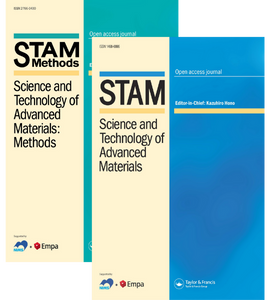Physical Sciences & Engineering
Bookmark this page for new content updated throughout the year!
As the world confronts challenges like urban overcrowding, climate change, and resource scarcity, ground-breaking research is paving the way for smarter, greener innovations. From AI-driven engineering solutions to resilient urban planning and renewable materials, our journals are at the forefront of shaping a sustainable and intelligent future. Explore cutting-edge discoveries that will define the next decade of progress.
Shape the Future: Explore Fresh Perspectives
Dive into the latest issues from our top journals
Free Access Article Collection
Sustainable Infrastructure and Smart Cities
Free access for these journal articles only available via this page until 30 September 2025. Expand each journal tab to access the articles.
by Wenhao Zhang et al.
Complex seasonality in bus urban mobility: assessment of individual and ensemble prediction models
by David de Zea-Graells et al.
Contending with the challenge of estimating incident impacts on local streets for freeways without traffic sensors
by Yen-Lin Huang et al.
by Zhao Tang et al.
Advancements and applications of digital twin in the railway industry: a literature review
by Dharmendra Kushwaha et. al.
Environmental suitability analysis integrating carbon emission evaluation for green railway alignment optimization
by Xinjie Wan et. al.
by Ha Bich Trinh et al.
Thermal and environment evaluation of flaring system in Rumaila oil field: a simulation study
by Hamza A. Abbas et al.
Sustainable environmental technology to reclaim copper from industrial effluent
by Shilpa Kalamani Bawkar et al.
by Hechi Lian et al.
Enhancing Najran’s sustainable smart city development in the face of urbanization challenges in Saudi- Arabia
by Badr Saad Alotaibi et al.
Governing sustainable smart cities supported by city information modelling: a bibliometric analysis and systematic review
by Luqi Wang et al.
by Nguyen Hao Quang et al.
Assessment of climate change impact on compound flooding considering typhoon intensification and astronomical tide in Ise Bay, Japan: a typhoon track ensemble approach
by Masaya Toyoda et al.
A critical review on the tsunami-induced scour around structures
by Seyed Abbas Jazaeri et al.
by Jinxia Wang et al.
Construction method of high-horsepower tractor digital twin
by Yanan Zhang et al.
Digital twin and its applications in the construction industry: A state-of-art systematic review
by Shuaiming Su et al.
by Mujeeb Abiola Abdulrazaq & Wei (David) Fan
Competition or cooperation? The impact of built environment on the role of ride-hailing services around subway stations
by Kuang Guo et al.
A two-stage robust satisficing model for equitable EV-sharing system with parking-charging slots
by Ruochen Zhuang et al.
by Don McFarlane et al.
How flood risk management projects can improve urban resilience: a combined assessment approach of functional resilience and adaptive capacity
by Tim J.L. Doornkamp et al.
Comment on sustainable salinity management in ‘the three-infrastructures framework and water risks in the Murray-Darling Basin, Australia’ by Williams et al. (2022)
by Glen Walker & Barry Hart
by Levingstan Y et. al.
Integration of renewable energy using the concept of energy hub to reduce the effect of uncertainty
by Mohammadreza Alizadeh Aliabadi et al.
Secure blockchain-based electronic toll collection system: enhancing location verification and smart contract resilience
by Olfa Ben Rhaiem et. al.
by Nitin Agarwala
Transferability of green port strategies: A Delphi study with European ports
by Aren Bostooughli et. al.
Sustainable ship scheduling optimization for better berth allocation at the port of Annaba-Algeria
by Hizia Amani et. al.
Exploring the Impact of EASTS:
A Must-Read Resource for Academics
In today’s rapidly evolving academic landscape, staying informed about cutting-edge research and interdisciplinary dialogues is critical for scholars across fields. East Asian Science, Technology and Society: An International Journal (EASTS) stands as a key resource for those interested in understanding the interplay between science, technology, and society in an East Asian context.
Feedback
We would love to hear from you!
Your feedback will help us shape future content and initiatives.
Let us know more about the research topics you’re currently most interested in.
Help your library grow to better meet your research and teaching needs. Recommend journals and eBooks you want to access in the survey link below.
Interview Series
Conversations with the Experts
Get an in-depth look at our editors’ perpectives on research, career advice and the intricacies of their daily work in their respective domains.
Prof. Marcelo Ang
Editor of Advanced Robotics

Assist. Prof. Sing Swee Leong Author of Virtual and Physical Prototyping

Prof. Andrei Mardare
Author of Science and Technology of Advanced Materials: Methods

Dr Giulia De Togni & Dr James Wright
Editors of East Asian Science, Technology and Society: An International Journal
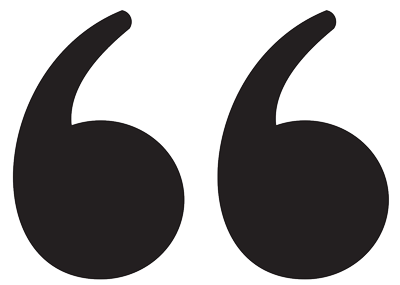
While robots will not replace humans completely, they certainly can enhance our existence and make it more meaningful and satisfying. Robots can free us from the burden of laborious and hazardous tasks: dangerous, dirty, dull, and intellectually degrading tasks. I call these the “Ds” of robotics, and “driving” vehicles. Such tasks are best suited for robots, as humans are far too intelligent and valuable to engage in such endeavors.
– Professor Marcelo H. Ang Jr
Special Collection
Celebrate Women in Engineering
Behind every breakthrough is a mentor, a paper, a legacy. We commemorate the women engineers in the industry whose research inspires students and reshapes disciplines. Discover leading-edge studies authored by women shaping the next generation of engineering knowledge.
Browse these selected articles freely from now till 30 Sep ’25. Free access only available via this page. Expand each journal tab to access the articles.
by N. Hema et al.
Analysis of channel length-dependent degradation of IGZO TFTs under positive bias stress through TCAD simulation
by Seong-In Cho, Soobin An & Soo-Yeon Lee
Prism-free fabrication of multiplexed holographic waveguide couplers for full-color near-eye displays
by Rajveer Kaur & Raj Kumar
by Leena Harshal Nemade, P. S. Robi & Pankaj Biswas
Design and study of a separated stick-slip piezoelectric actuator
by Xiaoli Jia et al.
Gait planning and adjustment for a hexapod walking robot with one leg failure
by Yan Zhang et al.
by Erica Pastore, Nicla Frigerio & Antonio Costa
The adoption strategy of blockchain technology for new and remanufactured products considering price and consumer preference
by Yanliang Zhang, Hanyin Zhang & Yanpei Cheng
Integrated multi-manned disassembly line balancing problem with reverse supply chain design strategies by considering lot sizing
by Elif Öksüz et al.
by Cindy L. Atencio-Martinez, Alexandre Lancelot & Jonathan J. Wilker
Systematic searches for new inorganic materials assisted by materials informatics
by Yukari Katsura et al.
Atomic force microscopy for characterization of decellularized extracellular matrix (dECM) based materials
by Svetlana Batasheva
Interview Insights
Supporting Women in STEM by the Female Editors of STAM
In this special feature, three accomplished female editors from Science and Technology of Advanced Materials (STAM) share their experiences in academia, their motivations for supporting women in STEM, and their roles in shaping the future of scientific publishing. Expand each tab to view each response.

Can you introduce yourself and give us a brief description about who you are.
I have also been active as a member of the board of directors in Thin Film and Surface Physics Division of the Japan Society of Applied Physics, and more recently, as a member of Committee on Nanotechnology and Materials Science in MEXT. In 2023, I was appointed as an associate member of the Science Council of Japan.
Are there key lessons from your journey you would like to share to encourage the next generation of women leaders in science and academia? What are your sentiments on supporting women in STEM?
Could you share your perspective on what makes STAM a compelling journal, including your own motivations for working with the journal and how your editorial role contributes to its mission?
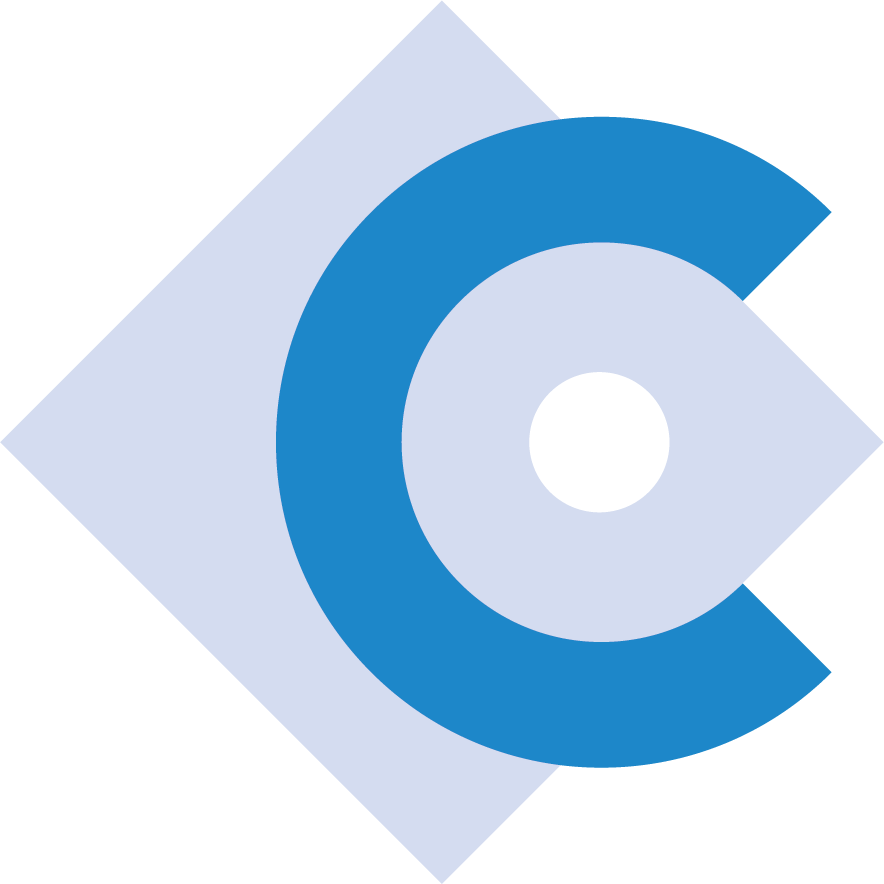
Introducing The Critical Insights Series
Publishing in a Critical Insights journal ensures your research receives the attention it deserves. You will benefit from expert-led journals and personalized support every step of the way. Our commitment includes responsive editors and a constructive peer review process, all aimed at maximizing the impact of your work.
Open Access Books
Discover more in Routledge
The fields of engineering and material sciences drive innovation and shape the future of technology. Our curated selection of open-access books equips you with the knowledge to explore compelling research, advance your expertise, and contribute to these transformative disciplines.
Insights
Publication Tips from Editor-in-Chief: Professor Akhtar Kalam

Tip: Discover T&F Open Access & T&F Open Access Cost Finder
– Interesting abstract and relevant keywords
– Novel research content
– Ensure simplicity
– Maintain plagiarism level lower than 20%
– Adhere to the journal template
Tip: Check T&F’s Article Submission Checklist before you submit
Tip: Explore T&F’s English Language Editing Service
About Professor Akhtar Kalam
Professor Kalam is a former Deputy Dean of the Faculty of Health, Engineering and Science and Head of Engineering. Currently, he is the Head of External Engagement. He is also the current Chair of the Academic Board in the Engineering Institute of Technology, Perth, Australia, and the Editor-in-Chief of Australian Journal of Electrical and Electronic Engineering. Professor Kalam has conducted research, provided industrial consultancy and published more than 542 publications on his area of expertise.
Explore Our Other Collections!
Earth & Environment
From combating climate change to protecting biodiversity and developing sustainable practices, our researchers are uncovering solutions to some of the world’s most pressing challenges. Join us in exploring the science that supports conservation, innovation, and global resilience.
Explore Collection
Humanities & Social Sciences
Our collection covers critical issues like digital transformation, policy-making, and cultural shifts—helping to decode the challenges and opportunities of a rapidly changing world. Explore insights that shape the future of how we live, connect, and thrive.
Explore Collection
Discover More
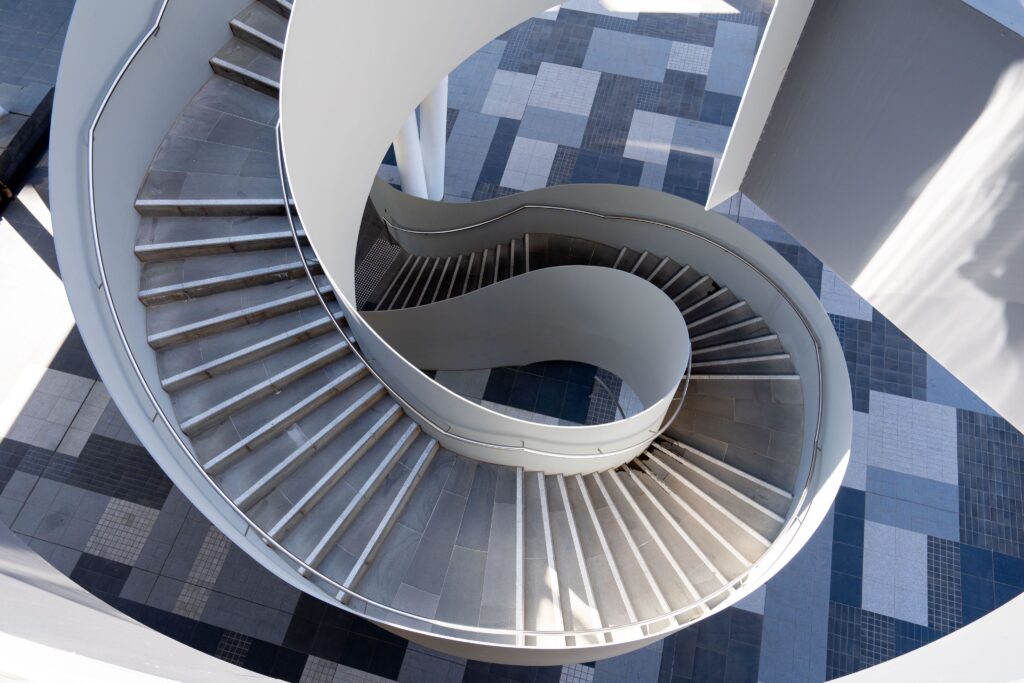
Insights: Harnessing the potential of AI for academic research
95% believe AI will “accelerate knowledge discovery.” At Taylor & Francis, we believe this too.

Blog: Inspirational Women in STEM
12 women working in STEM highlight the experts and pioneers in science, tech, engineering, and math who have influenced them. Find out about these exceptional women, and how they’ve inspired others.

Taylor & Francis eBooks Collection
Explore curated selections of our ebooks covering a spectrum from chemical engineering to physics! Gain valuable insights through groundbreaking research today.
Receive the latest community insights, exclusive activities, curated content and special offers designed to enhance your library’s collections! Sign up to never miss our content, start enriching your library’s resources today!


